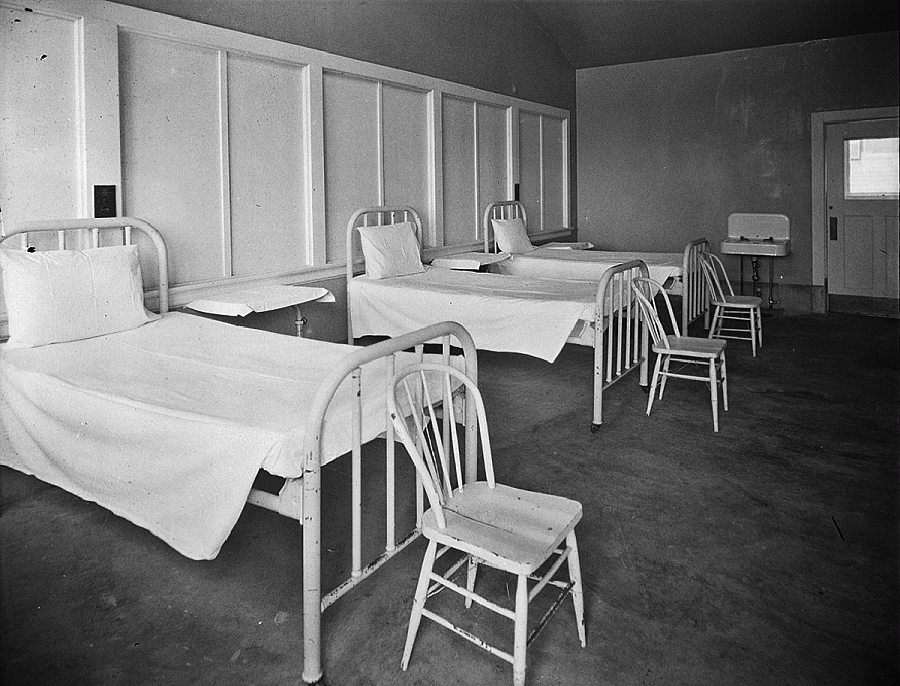Are hospital beds going unfilled in your region? Ask the data

As a health care reporter at Crain’s Chicago Business, I spent months analyzing public records and conducting dozens of interviews about my findings: the emptying out of Illinois hospitals. In 2013 alone, nearly four of every 10 beds were vacant when hospitals were at their busiest. Tiny rural hospitals downstate and aging ones in impoverished parts of Chicago were the hardest hit. Clusters of half-empty hospitals sat just miles apart.
The seed for this story was planted more than a year ago, when a suburban Chicago hospital CEO said during a Crain’s Chicago Business event that he would address the elephant in the room. The local hospital market was 40 percent “overbedded.”
Translation: the Chicago region has too many hospital beds.
In the months that followed, I heard the same thing from several others in the health care industry. So I started asking around. Was this an issue? If so, how big? Why should people care? Finding the answers wasn’t so easy.
How I approached the story
I started with calling sources and industry experts to find any sort of data I could use to confirm that there actually are too many vacant beds in Chicago hospitals. I also wanted to analyze the entire state, not just the local region.
I only would be able to get a sliver of the most current information about so-called occupancy rates because it’s confidential. Hospitals buy it.
The next best source? Hospitals themselves. Turns out they have to report a vast amount of data to the Illinois Department of Public Health every year, such as annual admissions, length of stay, and how many patients are filling their beds.
The agency then takes the information and displays it online in a PDF, which resembles a hospital report card of sorts, as well as in a spreadsheet. Here was a treasure trove of data.
Analyzing the data
I tackled the spreadsheet. I talked with the state to understand how they use the data hospitals provide. Then I touched based with sources again to make sure I was accurately portraying how hospitals use their beds.
For hospitals in Illinois, there’s a difference between the beds they’re authorized by the state to use, and the beds they actually staff with doctors, nurses, etc. I also had to decide what types of hospitals to focus on. General hospitals? Specialty hospitals, such as those that provide just rehab or psychiatric care?
I ended up focusing on the number of beds that hospitals with general inpatient services – think of your community hospital – staffed at their busiest time of the year, known as their “peak” staffed beds.
I crunched data hospitals reported from 2011 through 2013. For facilities with the most empty beds, I also looked at records going back a decade to make sure my findings weren’t an aberration.
I shared my data with the hospitals I wanted to interview. One of the biggest surprises came when some CEOs disputed their own numbers, even though I used their own data they reported to the state.
Here’s a look at other sets of data I analyzed:
- Hospital financial statements. These are key to assessing the financial health of hospitals. I used them to show that hospitals with the most unused beds are more heavily dependent on government payers Medicare and Medicaid than their wealthier, and fuller rivals.
- U.S. Census data and other reports from Chicago area demographers, which showed how city neighborhoods whose populations were gutted in the last decade, as well as once fast-growing suburbs, happened to have the emptiest hospitals.
Tips for reporting on hospital beds
- Talk to a lot of people. I interviewed more than 50 people to understand not only the current bed problem, but also what led to it. Hospital leaders are key, but so are those with boots on the ground. Doctors, small town mayors, hospital advisors, legislators, etc., provided insight on why hospitals, no matter how full they are, are part of the fabric of communities. They’re not just health care providers. They’re job creators. And for many poor neighborhoods, these hospitals are their main way to access care.
- Understand the local impact, and then go bigger. I talked to national experts to find out if Illinois’ trend was unusual, then I found folks in states that had to make painful decisions around closing and converting hospitals to help them adapt to the changing needs of their communities.
- Make your story interactive and visually appealing. I worked with my graphics editor to build a searchable database so readers could look up how full or empty their hospitals are.
- Read as much as you can on the topic you’re investigating. Academic journals, think tank reports, studies from consulting firms, government reports, media clips, and so forth. These all helped shape my reporting.
- Promote. You worked hard on your story. Now make sure people read it and understand why it’s important. I talked about my investigation on radio and TV. I also gave my sources a shout-out on social media so they knew how key their insight was to my research and reporting.
Photo by Seattle Municipal Archives via Flickr.

